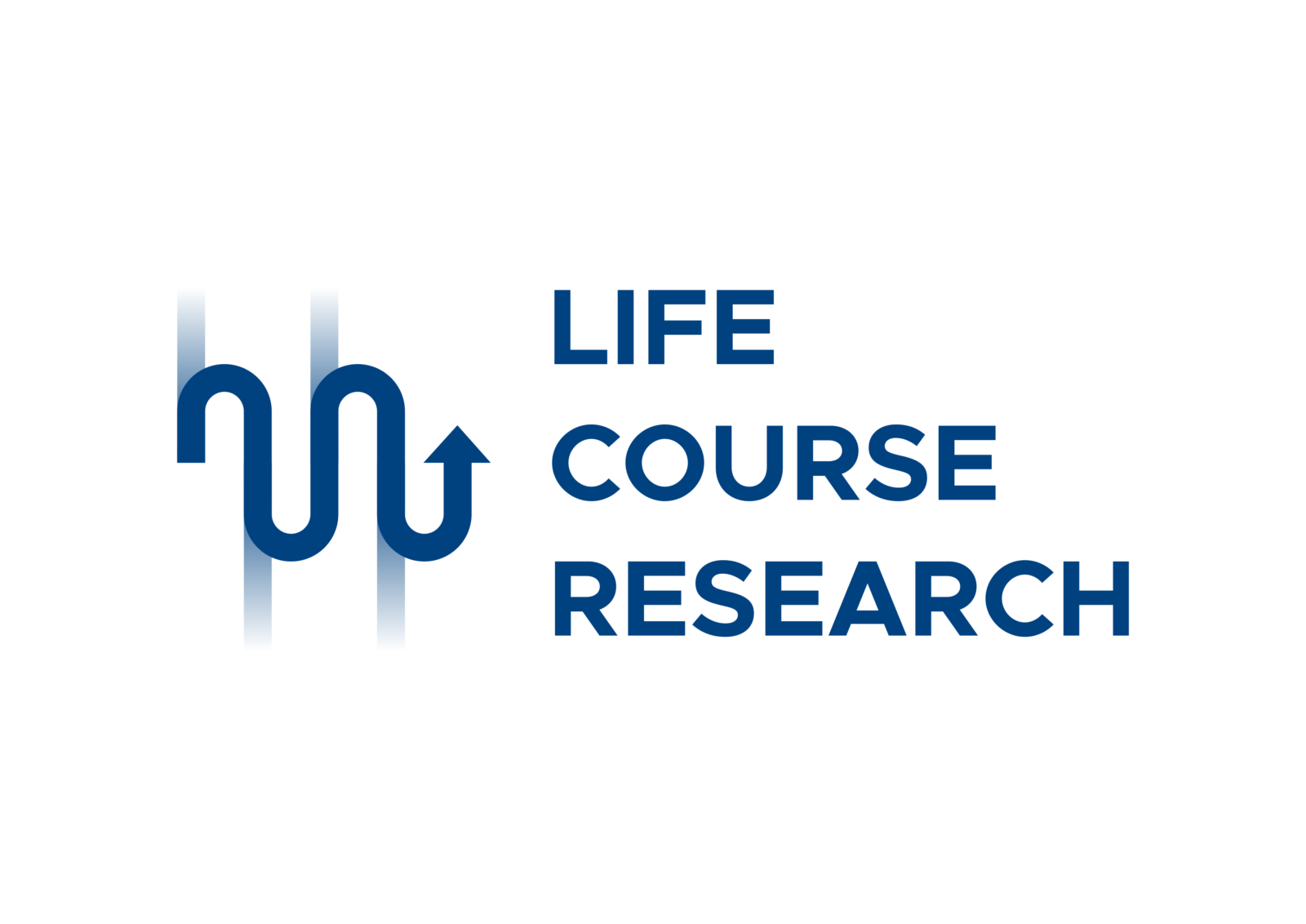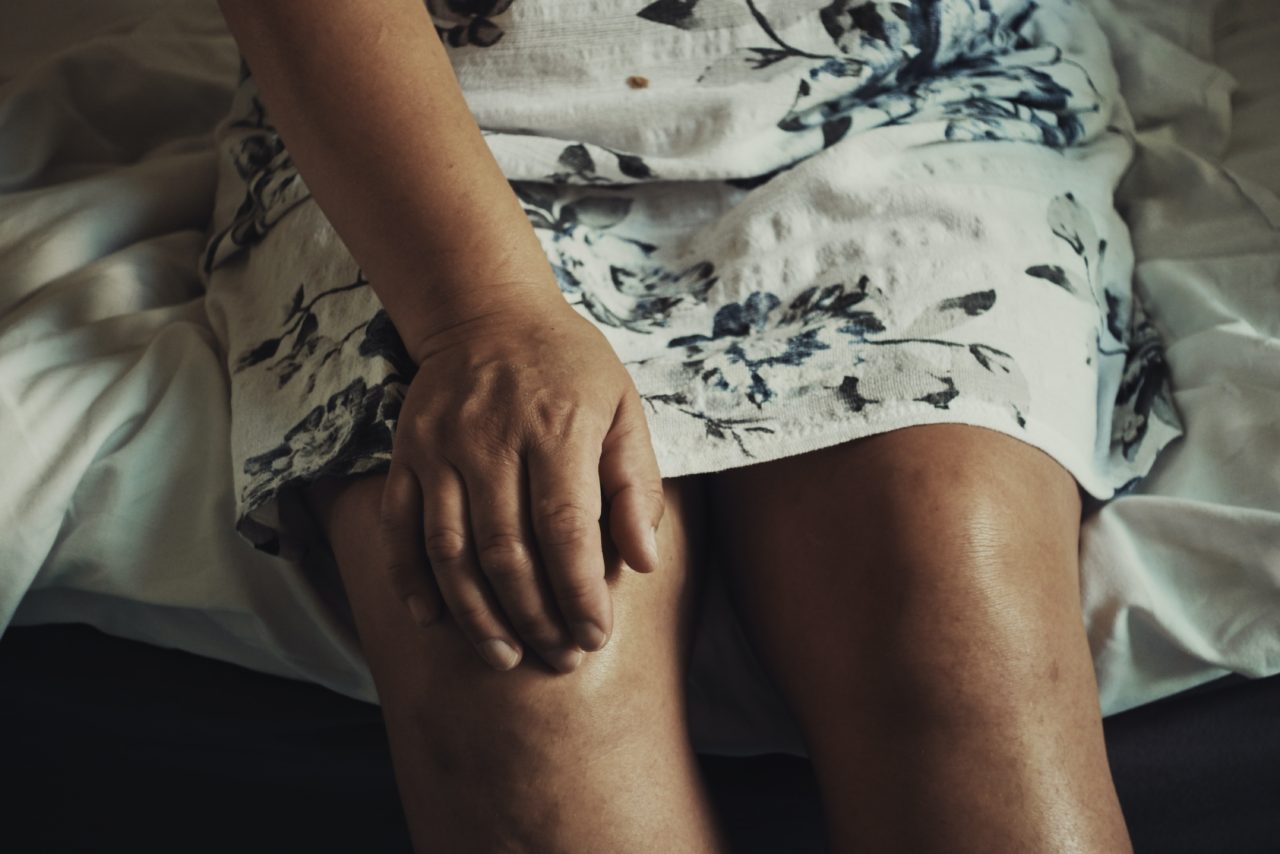Reference
Kumar Gourav Sharma, Ashok Kumar Gupta, “Efficacy and Comparison of Vestibular Rehabilitation Exercises on Quality of Life in Patients with Vestibular Disorders”
2020, Indian J Otolaryngol Head Neck Surg, 72(4):474-479
Summary
Many vestibular dysfunctions result in the disabling symptom of vertigo. Pharmacological treatments aren’t very efficient. Although not practiced often, vestibular rehabilitation seems to be highly effective, especially when performed with combined exercise approaches (including adaptation, habituation, and substitution).
Background
Vertigo is defined as the sensation of moving or feeling that the surrounding environment is moving around the body. It is common to several Ear, Nose, and Throat disorders and represents a highly disabling symptom. Indeed, patients who suffer from vertigo often complain about a significantly compromised quality of life.
Vestibular rehabilitation protocols are aimed at reducing imbalance and its consequences. Around 1944, Cawthorne and Cooksey developed a vestibular rehabilitation protocol that is, still today, the most widely used. It includes three types of exercises: adaptation, habituation and substitution. The adaptation approach aims at recalibrating deficit mechanisms, while the techniques of habituation are aimed at getting the patient accustomed to the pathological condition through repeated exposure to the stimulus itself. The substitution exercises employ alternative strategies to compensate for the lost vestibular function.
The characteristics of the study
The study includes 120 patients with symptoms of dizziness related to the following diseases: acoustic neurinoma, vestibular neuritis, labyrinthitis, Meniere’s disease, vestibulopathy, sudden hypoacusia and ototoxicity.
The participants were randomized into 4 groups of 30 people: adaptation exercises were assigned to the first group, habituation to the second, substitution to the third, and a combination of the three types to the fourth group.
The VAP scale (Vestibular Activities and Participation) – in which attention, daily routine, travel, work, recreation, and social life are measured – was used for the assessments.
A comparison was made between pre-rehabilitation VAP (t0) and post-rehabilitation VAP (after 15 days of exercises). Subsequently, the four groups corresponding to the four different types of exercise approaches were compared, in order to identify the most effective method.
Main findings
All groups demonstrated significantly improved post-rehabilitation VAP scores compared to the VAP at t0. Moreover, the most effective method of the four groups was the combined one, which showed the greatest increase on the VAP scale.
New findings
This paper strongly confirms the effectiveness of vestibular rehabilitation in reducing vertigo symptoms. In addition, by comparing different rehabilitation methods, treatment with combined exercises is shown to be the most effective in achieving this outcome.
Areas for future work
Given its effectiveness as well as its high level of safety and ease of use (no sophisticated or expensive equipment is required), vestibular rehabilitation should be offered and given to every patient suffering from dizziness.
Authors: Alessio Baricich, Daria Cuneo.




